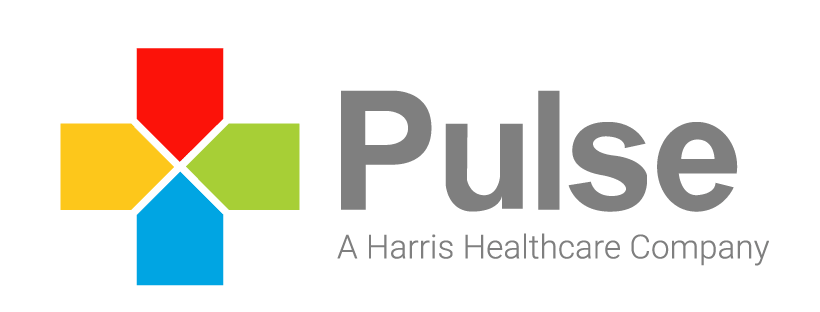This article originally appeared at: AMGA

“We’re quickly reaching a point in health care where a patient’s first contact with a physician will be electronic.”
January 15, 2018In Madagascar, healthcare organizations are leveraging drones to fly to remote areas to collect patient lab samples for delivery to hospitals—and fly back with medication when the patient tests positive for disease.Now, Johns Hopkins University is testing the use of a temperature-controlled drone to transport lab samples from remote areas in the United States. It’s not impossible to imagine a world where drones deliver lifesaving tools to first responders at the scene of an accident, or where telehealth technologies nestled inside the drone connect paramedics to a physician who can provide coaching when seconds count.We’re quickly reaching a point in health care where a patient’s first contact with a physician will be electronic.
Point of Care Meets Siri
Innovative technologies are giving medical groups new tools to help physicians deliver care and engage patients. They also present solutions to clinical and operational challenges physician groups have long faced. Consider these examples:
Artificial gets emotional
As Apple’s Siri and Amazon’s Alexa become a first stop for patients in accessing care, healthcare developers are now examining ways to make these virtual assistants “emotionally intelligent” so they can spot signs of depression or even conditions such as heart disease. The implications for medical groups are huge: such technology has the potential to provide real-time feedback to physicians on patients with chronic disease as well as those who have just been released from a hospital or rehabilitation facility.
Hands-free patient consults
Health systems like Dignity Health and Sutter Health are pairing Google Glass with software that enables a medically trained, remote scribe to take notes during patient encounters.3 This frees physicians from administrative tasks that can take up to two hours or more of their time each day and enables them to fully engage with patients. It also provides medical groups with the option of increasing patient throughput or giving physicians time outside the office to focus on their own well-being.
Next-level telehealth
Ninety-six percent of employers plan to offer employees access to telehealth services in 2018, according to a recent survey, both to reduce costs and provide a perk for workers. 4 With two-way video screens in hospitals and provider offices, this isn’t your parents’ telemedicine platform. Amazon is now working with developers to create voice-activated healthcare management tools for patients suffering from diabetes, common childhood illnesses, and more.With telehealth demand poised for a significant increase, the impact on group practices will be significant. With the right technologies and investment in support staff, medical groups can use telehealth to manage chronic conditions, improve access for physically challenged patients and their caregivers, and increase efficiency in treating non-emergent conditions.
Road Map for Adoption
How can your medical group determine which technologies make sense for its practice? Consider three factors:
Future vision
What type of practice do you want to be? What kind of patient experience do you want to offer? What demographic are you trying to reach? The answers to these questions will inform the level of your investment in new technologies. For example, if your practice leader’s goal is to retire in the next three to five years, the road map for technology adoption will look much different from that for a young practice. Practices striving to attract a millennial population will want to invest in technologies that support instantaccess capabilities such as a robust patient portal, direct-to-provider texting, and telehealth.
Security and functionality
Healthcare cybersecurity attacks rose 320 percent from 2015 to 2016, and physician practices are partic-ularly vulnerable to attack, in part because they do not have the resources to keep up with needed security upgrades or the staff to mobilize their response. Cloud technology provides an added measure of data security by providing access to advanced security tools as well as enhanced data backup and recovery capabilities. In 2018, an increasing number of physician practices will move their applications to the cloud. But not all cloud applications are equal—some offer higher levels of security protection than others.Keep these key security considerations in mind when investing in a cloud solution:
- How often does the cloud vendor scan its software applications for threats? Some vendors perform continuous scans; others scan software weekly or monthly.
- What is the vendor’s disaster recovery and data backup plan? When patient information is at risk, you need a cloud solution that ensures critical data is always available, with clear backup procedures in place, including backup to a server in another location.
- How does the cloud vendor report security incidents—no matter how small—to the client? Given the sensitivity of the data you are protecting, total transparency is critical.
- How will the cloud solution integrate with other cloud applications your system uses, such as those used by the hospital you service? Interoperability is key. Make sure the cloud solution you choose supports collaborative care with other providers across the continuum, including with systems used by hospitals and health systems.
Level of support required
Consider your practice’s geographic location: Will available Internet capabilities support a high-tech solution? Will you have access to support personnel who can address problems quickly if a glitch occurs? If the medical group is in a rural area or small town, will the cost of implementation be higher than it would be for an urban physician practice—and if so, how much higher? Carefully weigh the return on investment and consider a variety of options to achieve the practice’s goal.In an era of fast-paced advancement in health-care IT, taking the time to develop a proactive response will position your practice to meet patients’ needs and stay relevant in your market.
